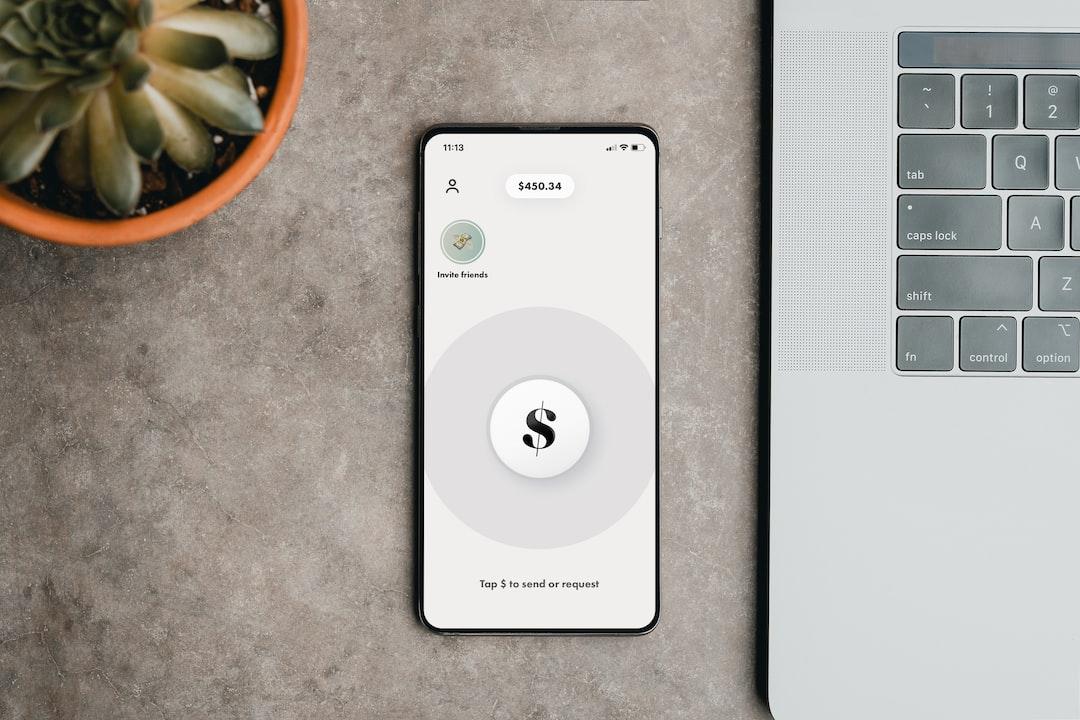Financial Services Commission to Submit Stablecoin Bill in October, Establishing Comprehensive Regulatory Framework
According to local South Korean media MoneyToday, the Financial Services Commission (FSC) is expected to submit a stablecoin regulatory bill to the National Assembly in October as part of the country’s second phase of virtual asset user protection legislation. Ruling party member Park Min-kyu stated during a stablecoin-related discussion on Monday that he had received a report from the FSC regarding this plan, and the government bill is anticipated to be submitted to the National Assembly around October.
The bill will establish relevant requirements for stablecoin issuance, collateral management, and internal risk control systems. Since 2023, the FSC has been working through its Virtual Asset Committee to develop this framework, aiming to set clearer rules for domestic cryptocurrency service providers.
President Promises to Establish Won-Linked Stablecoin Market, Four Major Banks to Meet with Circle
Newly elected President Lee Jae-myung pledged during his campaign to create an active local currency-linked stablecoin market to strengthen monetary sovereignty in the digital finance era. This initiative has received positive responses from the industry, with local banks and payment companies applying for stablecoin trademarks and preparing to offer services related to digital currencies.
The four major banks in South Korea: KB Kookmin, Woori, Shinhan, and Hana, are reviewing a potential meeting with Heath Tarbert, president of $USDC issuer Circle, who will visit South Korea next week. These banks are actively preparing for the issuance of a won-linked stablecoin, with related tokens expected to emerge by the end of 2025 or early 2026.
Central Bank Takes Cautious Approach, Emphasizing Bank-Dominated Issuance Model
Despite the government’s active push for the development of a won-linked stablecoin, the Bank of Korea has expressed multiple cautious comments regarding the potential risks of the won-linked stablecoin market.
Bank of Korea Governor Lee Chang-yong stated last month that the issuance of won stablecoins should be limited to licensed banking institutions, as irresponsibly approving multiple stablecoins could undermine the country’s strict foreign exchange policies.
Bank of Korea Vice Governor Yoo Sang-tae indicated, “It is desirable to first allow highly regulated banks to issue won-based stablecoins, and then gradually expand functionalities to the non-bank sector based on experience.” The Bank of Korea has slowed down its central bank digital currency (CBDC) project, pausing the planned pilot program originally set for the end of 2025 and instead supporting a “bank-first” stablecoin model.
Intensifying Global Competition Drives Legislative Process, Reducing Dependence on Dollar Stablecoins
This legislative effort is a response to U.S. President Trump’s mission to strengthen the global dominance of the dollar through stablecoins. Last month, Trump signed the GENIUS Act, creating a federal regulatory framework for stablecoins. Neighboring Japan is also set to launch its first yen-denominated stablecoin, with local fintech company JPYC expecting to receive issuance approval as early as this fall.
According to data from the asset tokenization tracker RWA.xyz, the total market capitalization of stablecoins stands at $266.7 billion, with dollar-pegged stablecoins continuing to dominate 99.8% of the market at $266.3 billion.

The total market capitalization of stablecoins is $266.7 billion
Image / RWA.xyz
Local industry stakeholders indicate an urgent need to introduce won-linked stablecoins to reduce dependence on dollar-based stablecoin tokens. The won is the second-largest fiat currency for cryptocurrency trading globally, with a trading volume of $663 billion year-to-date, accounting for approximately 30% of global fiat cryptocurrency activity.
This article is collaboratively republished from: Crypto City

